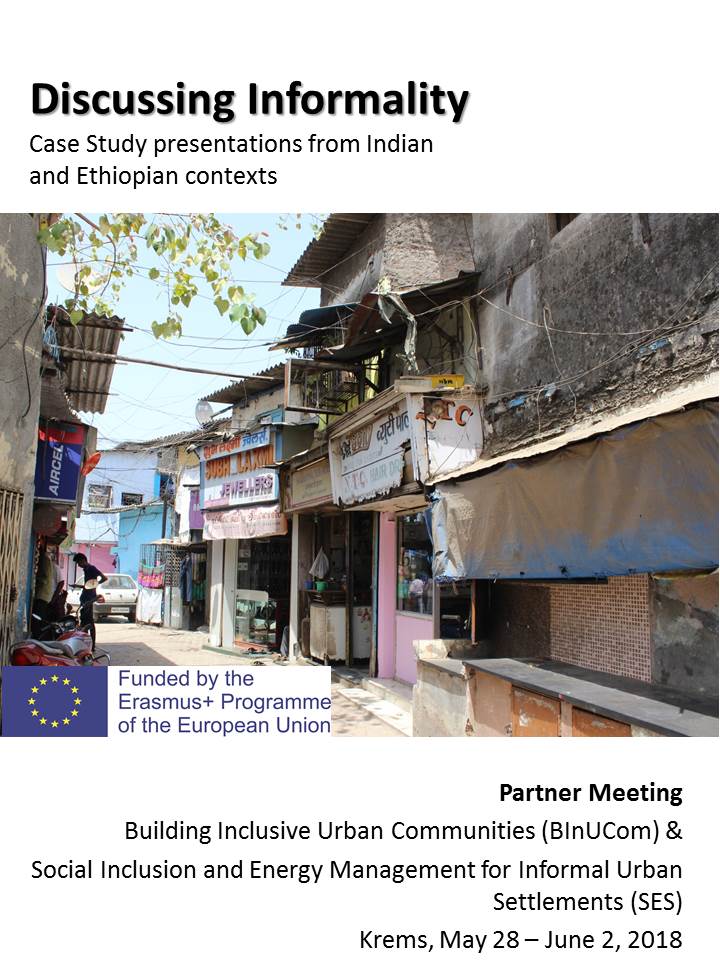Why perform SES?
Ethiopia is rapidly urbanising at a projected annual growth rate of 3.8% for the next 15 years. Similar to other urban areas in developing countries, major issues in Ethiopia include a high level of income inequality, lack of formal employment opportunities and deeply rooted poverty, tenure insecurity, poor infrastructure (e.g. lack of adequate access to water and sanitation), and limited access to services that support resilience and overall quality of life. Frequently settlers end up in impoverished urban squatters and slums which do not offer them even the most basic infrastructure and hence lack to provide them with the perspectives they came for.
To tackle these issues, recent urban development schemes in Ethiopia policies have prioritized urban development. As a result massive inner city redevelopment combined with low cost housing schemes have been launched, which include the demolition of informal settlements and/or the large scale relocation of poor urban population from inner cities to newly built housing sites at the periphery.
This rural-urban transaction results in urban communities experiencing changes in their interactions with built environment resulting from changes in their housing typologies and neighbourhood. This experience can be captured and anyalzed through mapping energy transition of housing units or households related e.g. to changes in housing types or lifestyle.
So far, this has found only limited recognition in academic formation and training of higher education institutions in Ethiopia. Many city administrations and municipal authorities lack well trained planning experts with sustainable energy management knowledge as well as social workers capable of sensibly responding to the needs of informal settlements.
Previous studies focused on characterizations of fuel sources, factors determining the use of modern fuels and specific policy measures that have influenced these patterns. In the context of Ethiopian cities, energy production and distribution has been highly centralized under state entities and the scope for exploring local/business driven and decentralized systems has been limited.
However, communities are responding to changes of structure (changes in interaction with built environment and notion of space), institutions (dissolution of traditional institutions and community organizations following uprooting of communities from older neighbourhoods) and practice (change in lifestyle adopting to limited communal and outside spaces in the condominium projects). Such transitions can be stirred towards sustainability if collective identification and structuring of issues along with collective envisioning of future is provoked or facilitated by the project.

